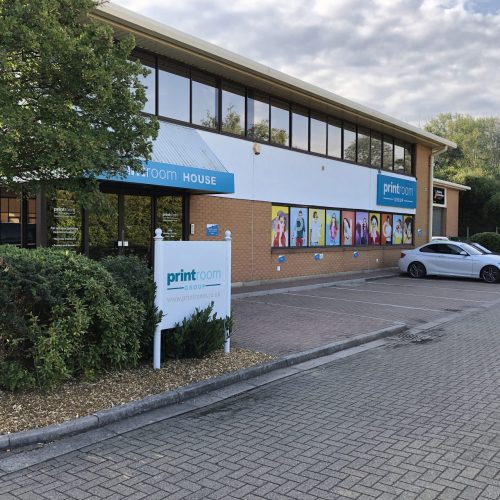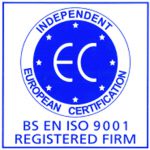The Benefits Of Outsourcing High Volume Photocopying
There are many ways of outsourcing high-volume photocopying work. If you are just looking at numbers you could argue that copying work in-house will save you some money. For smaller jobs, where quality is not important, this can be the case. A single document for in-house use can be printed on your desk printer or MFD (Multi-Function Device) in the office. However, for larger volumes of printing this is going to result in a loss of both money and resources.
Most print companies that have digital black and white (or colour) machines can run at lightning-fast speed. These can churn out A4 copies at 100 sheets per minute and faster. If you have a large amount of hard copies then scanning and printing will be a lot more economical to outsource.
Case Study – Solicitor
Issue:
One example of the benefits of outsourcing vs. in-house copying occurred a few years ago. A solicitor client called us requesting a cost for a large photocopying job. The job was priced at around £1000 and needed to be returned to their office within a couple of days.
We told the client this would not be an issue at all, and the job was all ready to go until, at the last minute, the client cancelled. Her boss had calculated that as they had various office printers in-house they were going to carry out the printing themselves. They thought this would save the company money.
The next morning the client called us — it had all gone wrong. We were informed that they had spent huge amounts on ink cartridges. They had run out quicker than expected and been forced to make a late-night dash to Staples to top up. On top of this, their printers, not designed for such huge amounts of copying, kept jamming. To say the least, my client was not happy with her boss!
She calculated that the cost of the ink cartridges coupled with the overtime rates of a junior solicitor meant the whole exercise had not been anywhere near as cost-effective as first thought. She had spent hours working into the night, with jammed printers and bits of paper everywhere, and still the work was not even halfway completed.
Solution:
We reprinted the job and delivered it that day.
Case Study – University
Issue:
Another example was when we received a letter from the Procurement Department of a university for whom we had been printing manuals for many years. The manuals had different coloured card covers, were A4 and wire-bound and printed in black and white. The amounts were anything from 50 to 250.
The letter informed us that they would no longer require our services. I called the Procurement Department to see if we had done anything wrong, and to find out why, after all these years, they had decided they no longer needed us.
I was told that they had invested in a large amount of MFDs — one for every floor of the university, in fact — and the price per copy on each of the machines was less than we were charging per copy. Without being rude, I asked a couple of questions.
Firstly, I politely asked if the machines had a rental cost attached and, if so, did they include this in their calculations of the cost of the “clicks” or “price per copy”? I also asked if they had taken into account the cost of the paper, as our prices included that too. Lastly, I asked if servicing and toner was included in the service charges, as our costs per copy also included this. To these questions, I was met with silence. Clearly, the costs had not been accounted for, but the deal was now done and I had lost the work.
What I also knew, but did not mention, was that these manuals made up the main amount of printing that happened on a day-to-day basis for the university. So the monthly rental charges were going to be paid every month even if the MFDs were hardly used. The manuals were mostly run through the summer to give out to students at the beginning of term in September.
Solution:
Two weeks later I received my first order back from the university and we started printing the books for all the different departments again.
We gained the work back not because of any of the points that I mentioned above. Instead, it was due to our cost actually including The Printroom doing the work too.
Our Pre-press Department jiggled files and made slight amendments to make them print-ready. We also notified the client when something was wrong and delivered the work back to the lecturers’ offices.
The lecturers did not have time to stand over a photocopier to print and bind hundreds of manuals. Instead, they needed to concentrate on their jobs: teaching and preparing classes.
This was the major factor that made outsourcing high volume photocopying the best solution for the university.
If you are thinking about outsourcing high volume photocopying, firstly, weigh up the benefits of keeping the work in-house against outsourcing. Don’t just think of the cost per copy (click cost). Choose a print company that has a reputation for the work that you produce too. If you ask for any testimonials or samples these will usually be given to you without hesitation. If you have any questions regarding outsourcing any photocopying please feel free to contact me directly. You can contact me on slewington@printroom.co.uk

Whether you need printed brochures, business cards, posters, presentation folders, annual reports or letterheads, The Printroom Group offer the perfect print solution.
Our clients include blue-chip companies, software companies and charities. We also produce all aspects of school printing and promotional material and work closely with marketing and communication departments in many industries.


Get in touch with our team!
01344 452778
or email hello@printroom.co.uk
If you would like to speak to one of our highly experienced team please contact us.
Get in touch...


